

We may earn revenue from the products available on this page and participate in affiliate programs. Learn More ›
Home Advice You Can Trust
Tips, tricks & ideas for a better home and yard, delivered to your inbox daily.
Make a Daily Visit
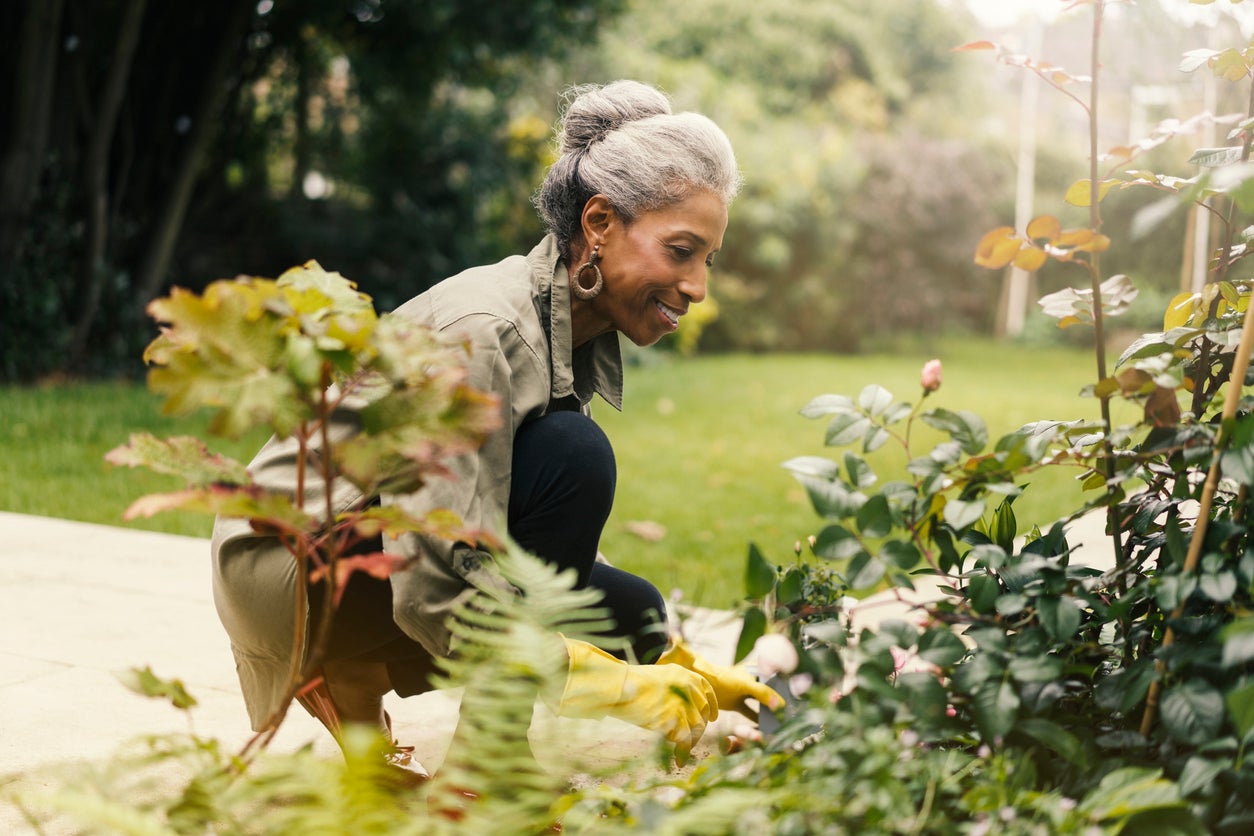
Whether you grow flowers, fruit, herbs, or veggies, gardening is an interactive project. Leave a garden alone too long and it will quickly be overtaken by weeds or eaten up by pests. Once it’s been neglected, it takes a lot of work to get back on track. You’ll enjoy gardening much more if you stick with it.
Commit to a daily walkthrough with a maintenance plan in mind. Perform the task you came for, and make a mental note of any urgent needs for the next day. Soon these gardening chores will become second nature. To help you get started, we’ve listed the top garden chores that you won’t want to skip.
Weeding
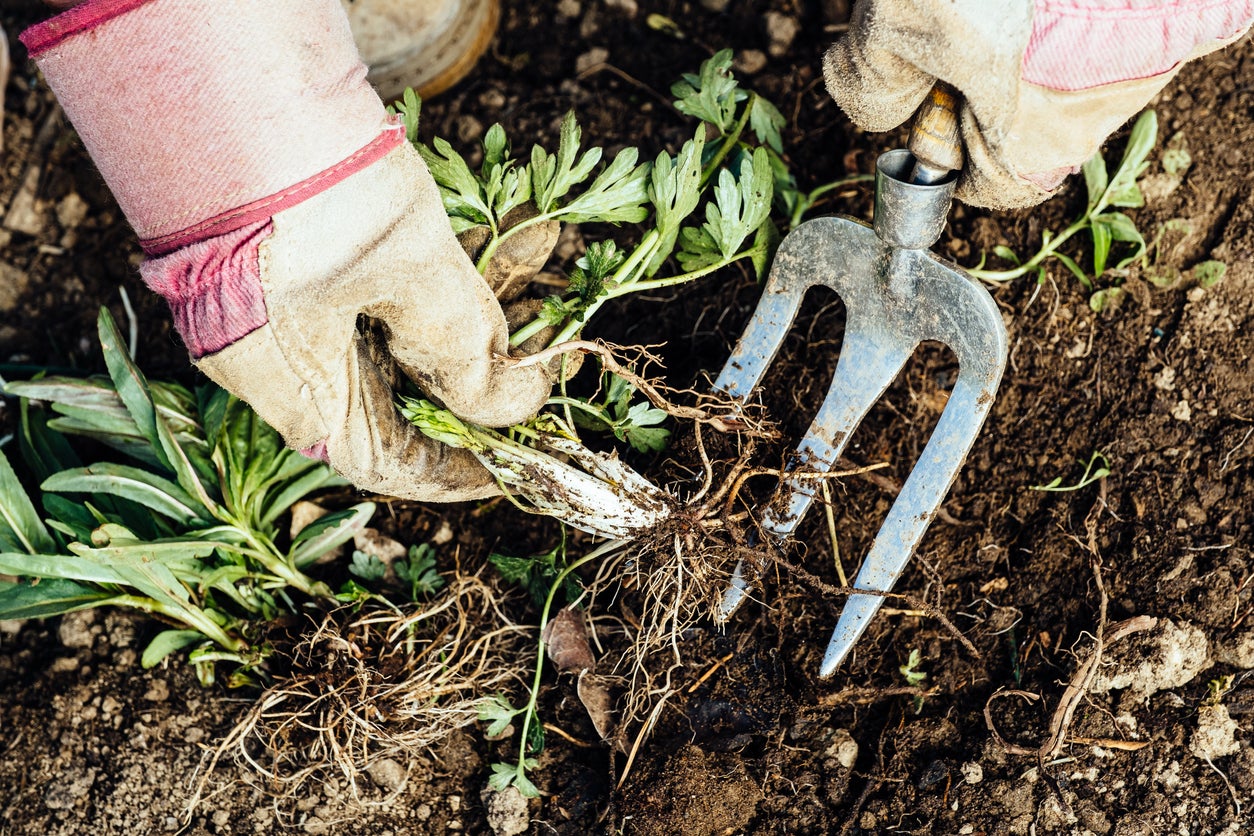
Weeds compete with garden plants for sunlight, water, and nutrients. If you don’t remove them regularly, your plants will suffer and the weeds will thrive. Weed control could possibly be the most hated gardening chore, but it’s also one of the most helpful. Make it a point hand pull, hoe, smother, and spray weeds frequently, before they become established and take over the garden.
Pruning
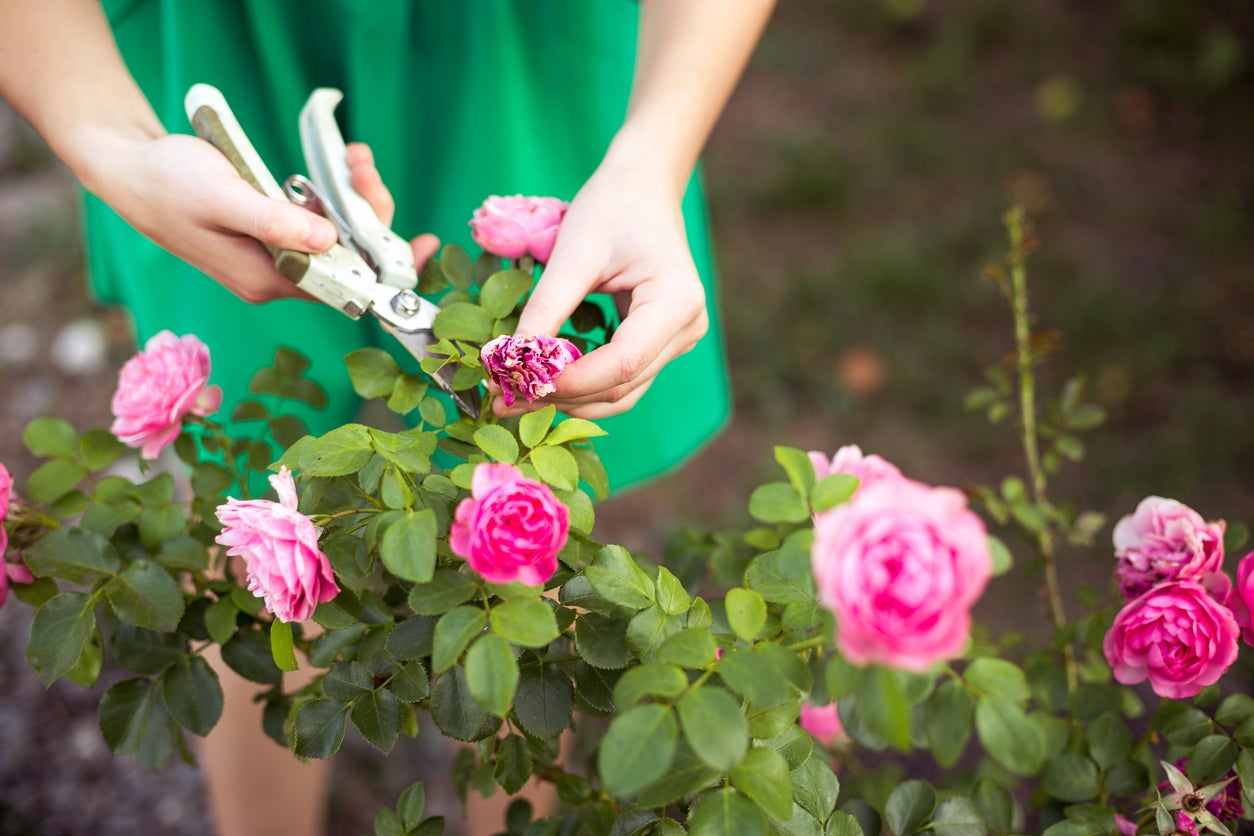
Spent flower heads, dead branches, suckers and the like not only make the garden look unkempt, they can also reduce air circulation and invite pests and disease. Many of these issues can be quickly tended on the spot any time you’re passing through the garden. But a focused weekly round of pruning will ensure that you catch these issues before they become problems.
Planting
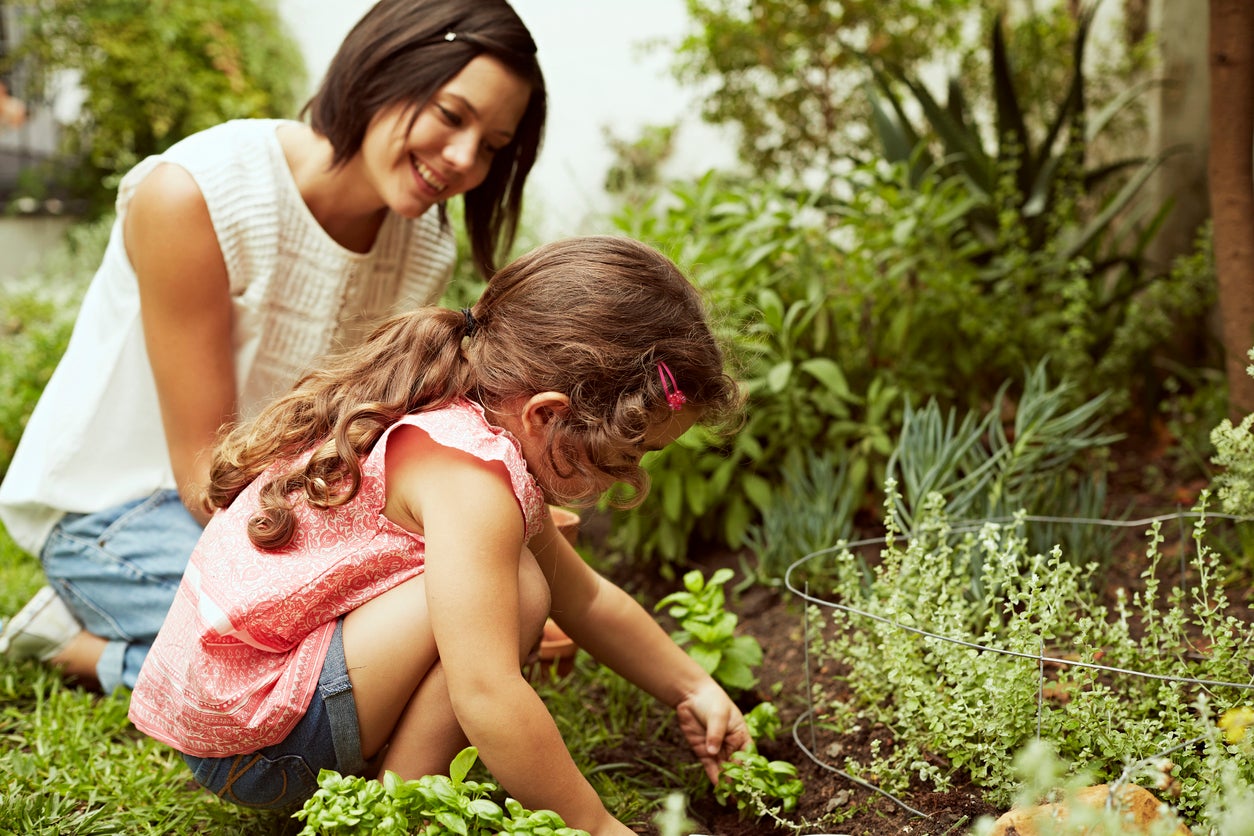
Keep vegetable and herb gardens in constant production with weekly succession plantings. Each time you open a part of the garden by harvesting something, plant something new. It helps to have a few seedlings ready to go in advance, but sowing seeds directly into the garden works just fine with some plants.
Mulching

Most mulch in the landscape only needs to be applied once or twice per year, but there are a few exceptions. Plantings such as annual flowers, vegetables, and herbs that have a higher rate of turnover require mulch at different times throughout the growing season. As a general rule, apply mulch as the final step in the planting process. If you direct-sow seeds in the garden or landscape, let the seedlings grow to 3 or 4 inches tall before applying mulch.
Watering
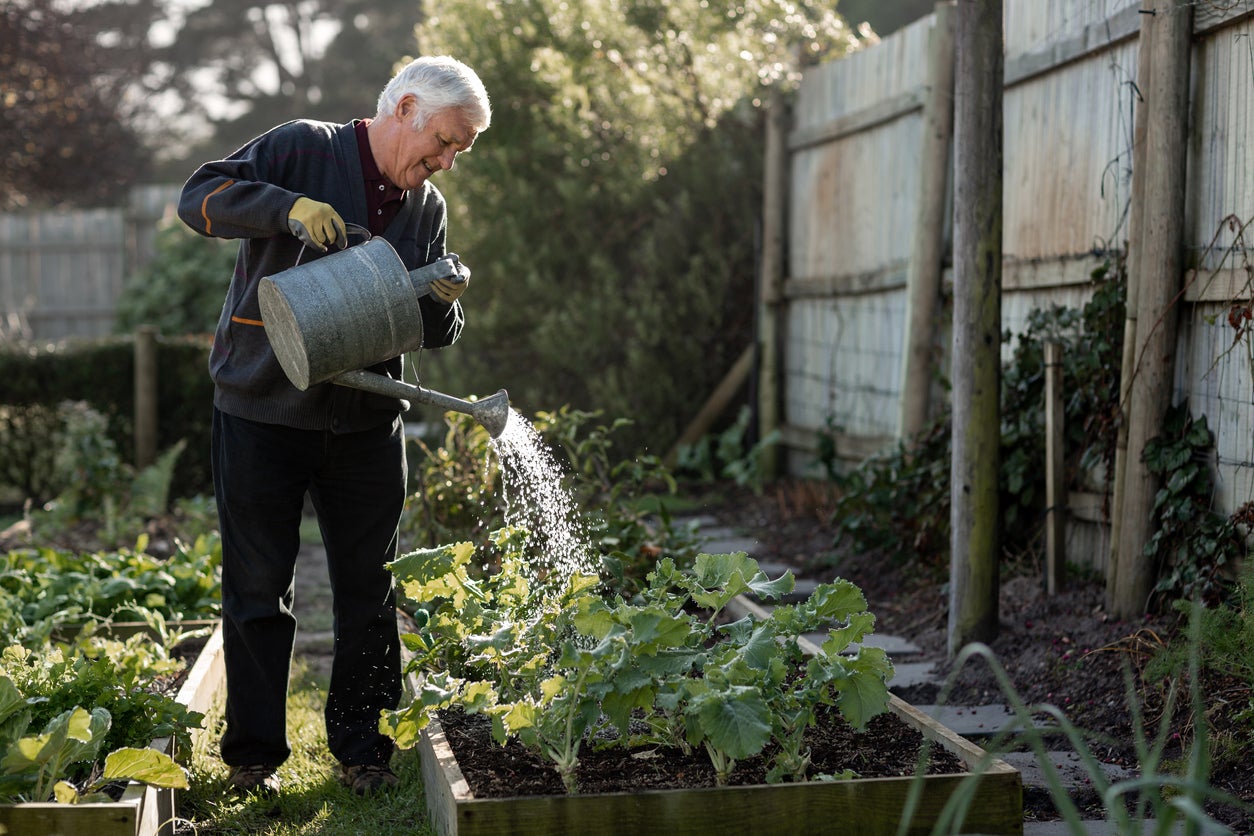
Watering on a consistent schedule can lead to wasted water as well as over or under watering. Lawn and landscape areas generally need about an inch of water weekly, while veggies and herbs may need up to 2 inches weekly. Use a rain gauge to monitor weekly rainfall, and supplement with irrigation. Water the garden no more than three times per week. Deep, infrequent watering leads to deeper root development and drought resistance.
Composting
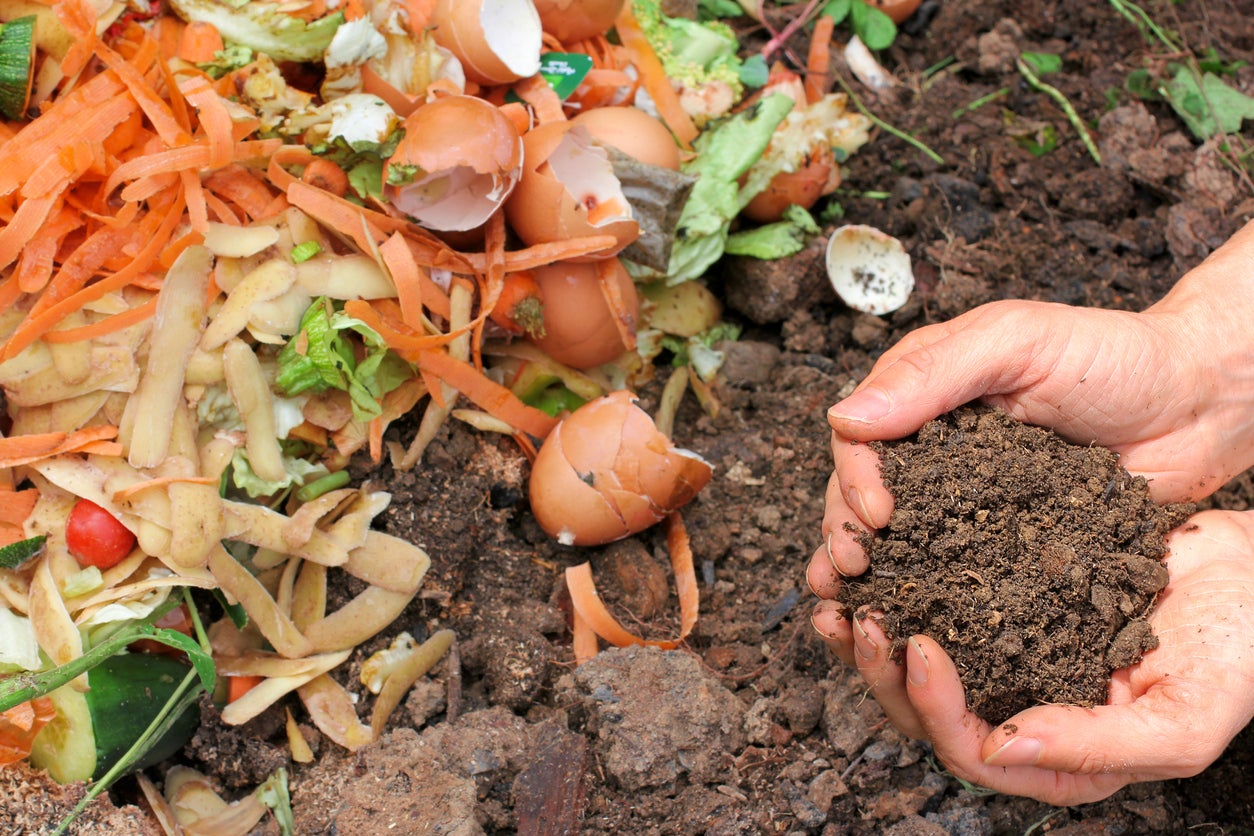
Composting is good for everyone. Kitchen scraps, weeds, grass clippings, fallen leaves, and even paper products are diverted from the landfill and converted into a wonderful soil amendment. Pile these items in a backyard compost heap, or load them into a compost bin as often as you generate them. Then, turn the pile weekly to speed up the decomposition process.
Bug removal
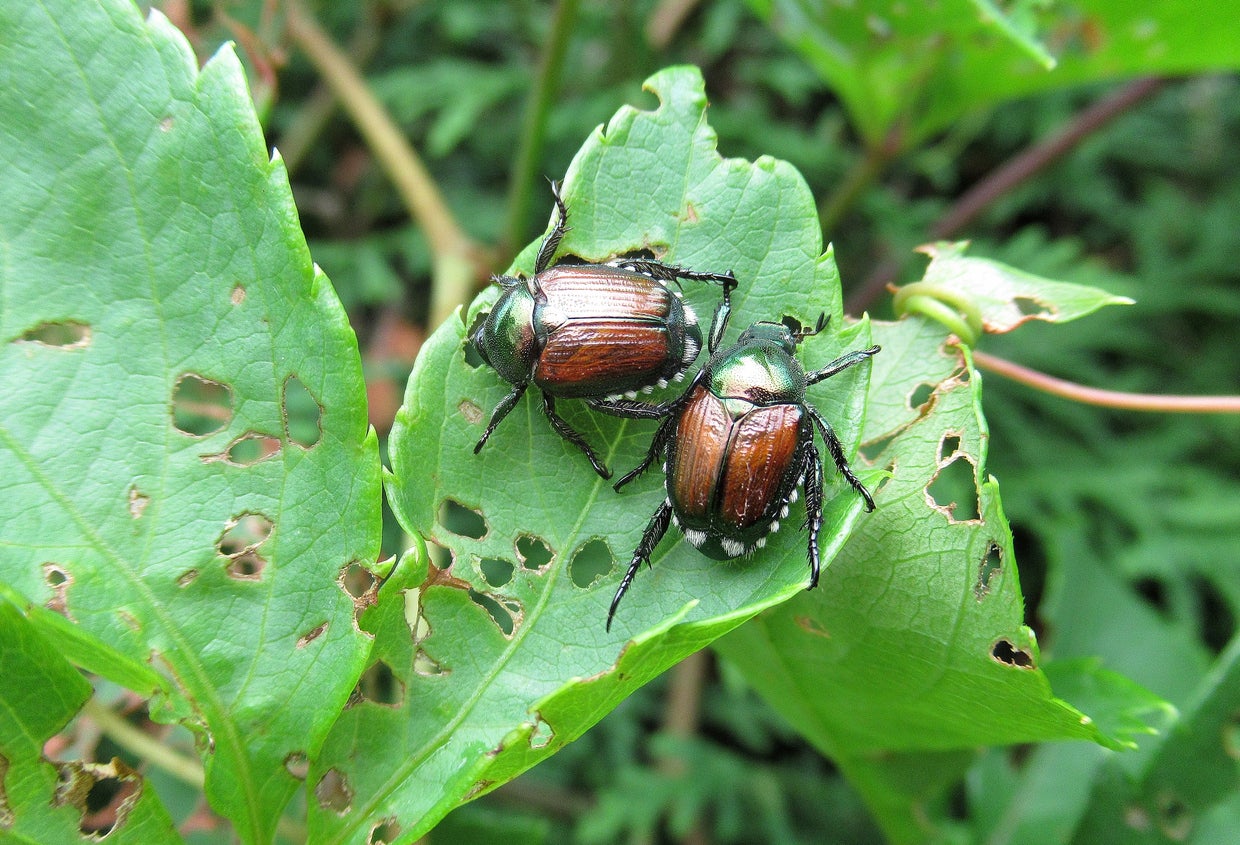
A few of the insects in your garden cause damage, and many others eat the pests or pollinate your flowers. Many garden bug killers are toxic to all of them. Catch problems early and avoid excessive damage with a weekly inspection of the garden for bug pests. Search for symptoms of bug damage, such as holes or yellowing of leaves; then try to identify the culprit. By purposely searching them out, you can eliminate the problem before it spreads.
Culling
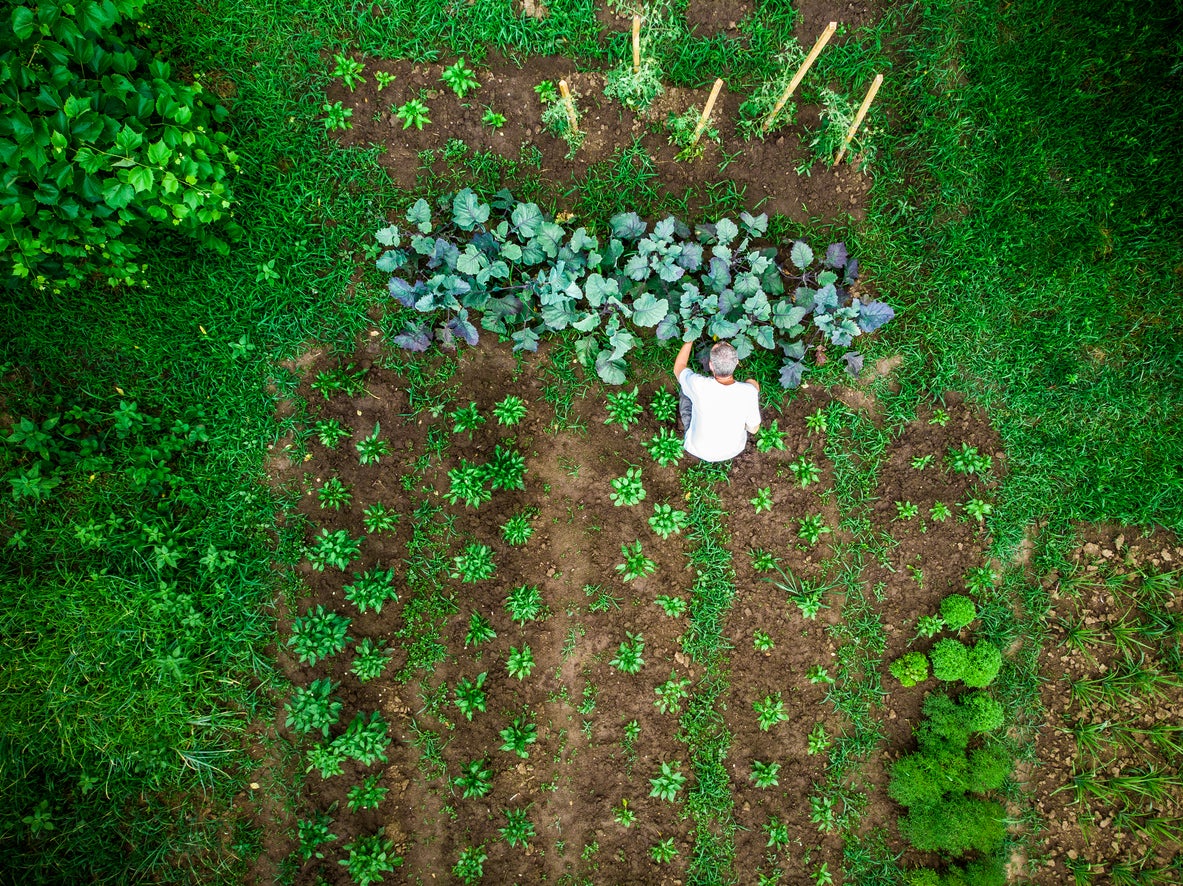
Sometimes a garden bed looks really good with a one or two exception. When a small number of plants are weak or unhealthy, they are susceptible to insect or disease infestation that can spread to nearby plants. Rather than hoping a weak plant will get better, or exposing nearby plants to unnecessary insect and disease treatments, remove and replace the weak one with a healthy one.
Training
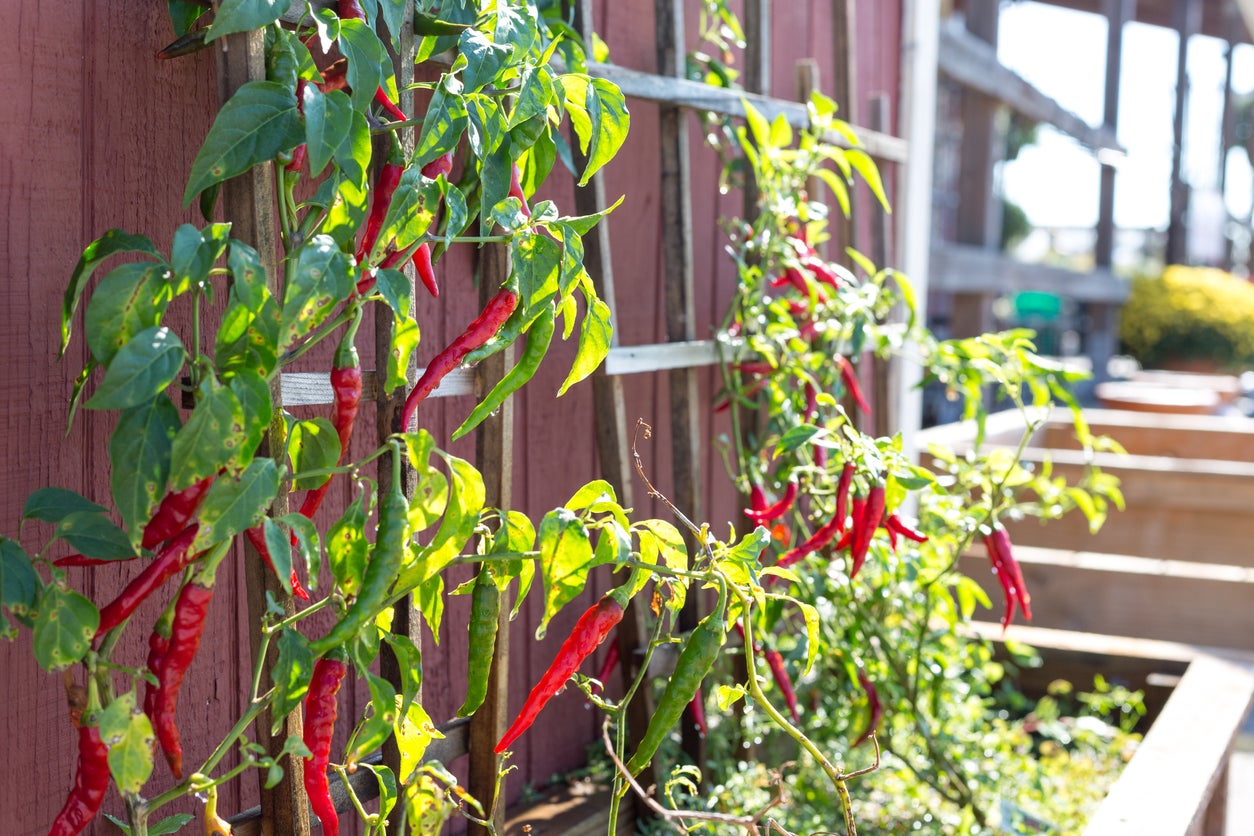
Some of our favorite plants need a little support, so we train them with trellises, arbors, and garden stakes. Keep up with tomatoes, beans, cucumbers, and other rambling plants by making it a point to tie them up as needed. A weekly walkthrough will reveal any plants that have begun to choose their own path.
Harvesting
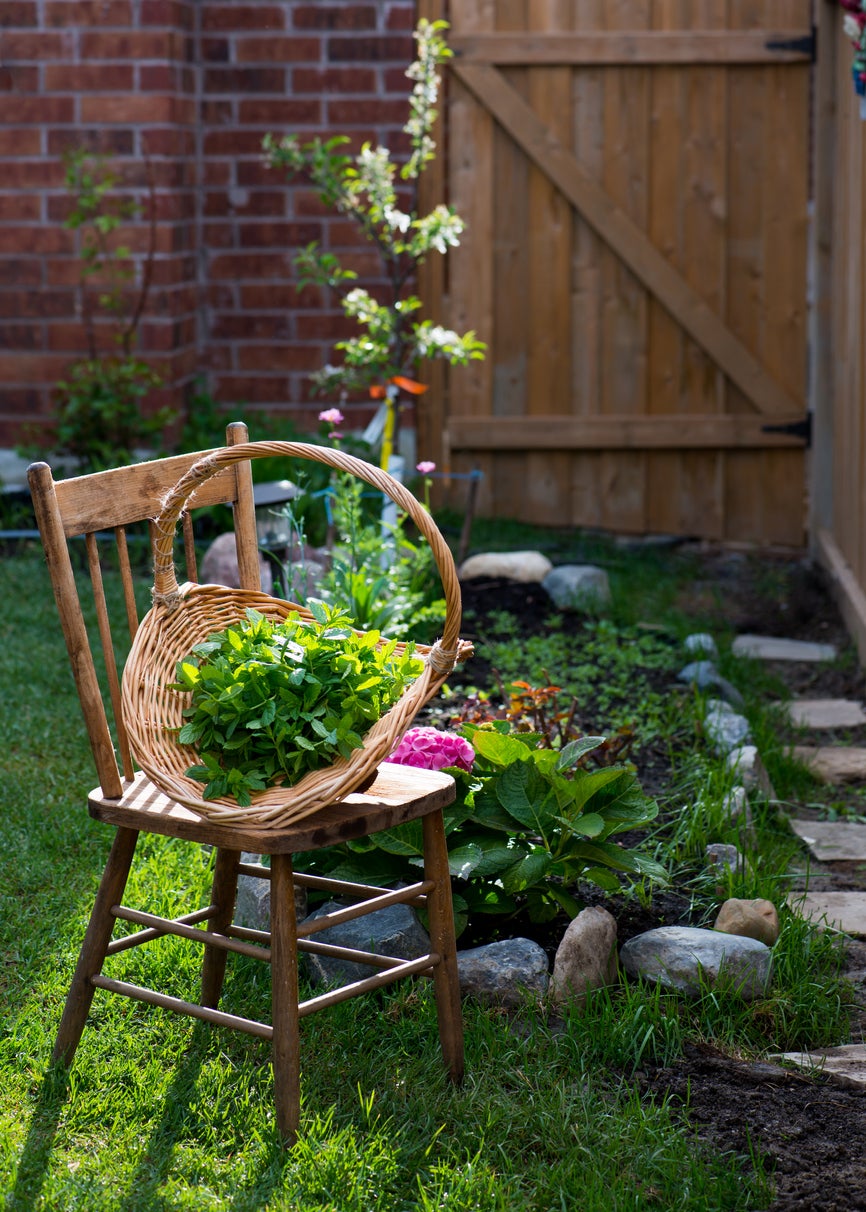
Fresh herbs, vegetables, fruit, and flowers don’t last forever. Left on the plant your garden goodies may last from as little as a day to as much as a week. Once they hit their peak, the quality declines the longer it stays on the plant. Make it a point to harvest at least once per week, even if you won’t use it all. If you find that you’ve grown too much, you can always share with friends and neighbors.

Meet the 2025 Tools of the Year
After months of scouring the market and putting products through their paces, we’ve named the best of the best in new tools. There’s something for everyone, from veteran pros to average Joes.